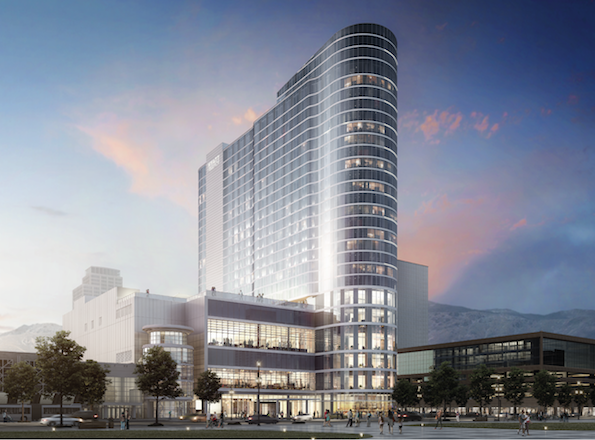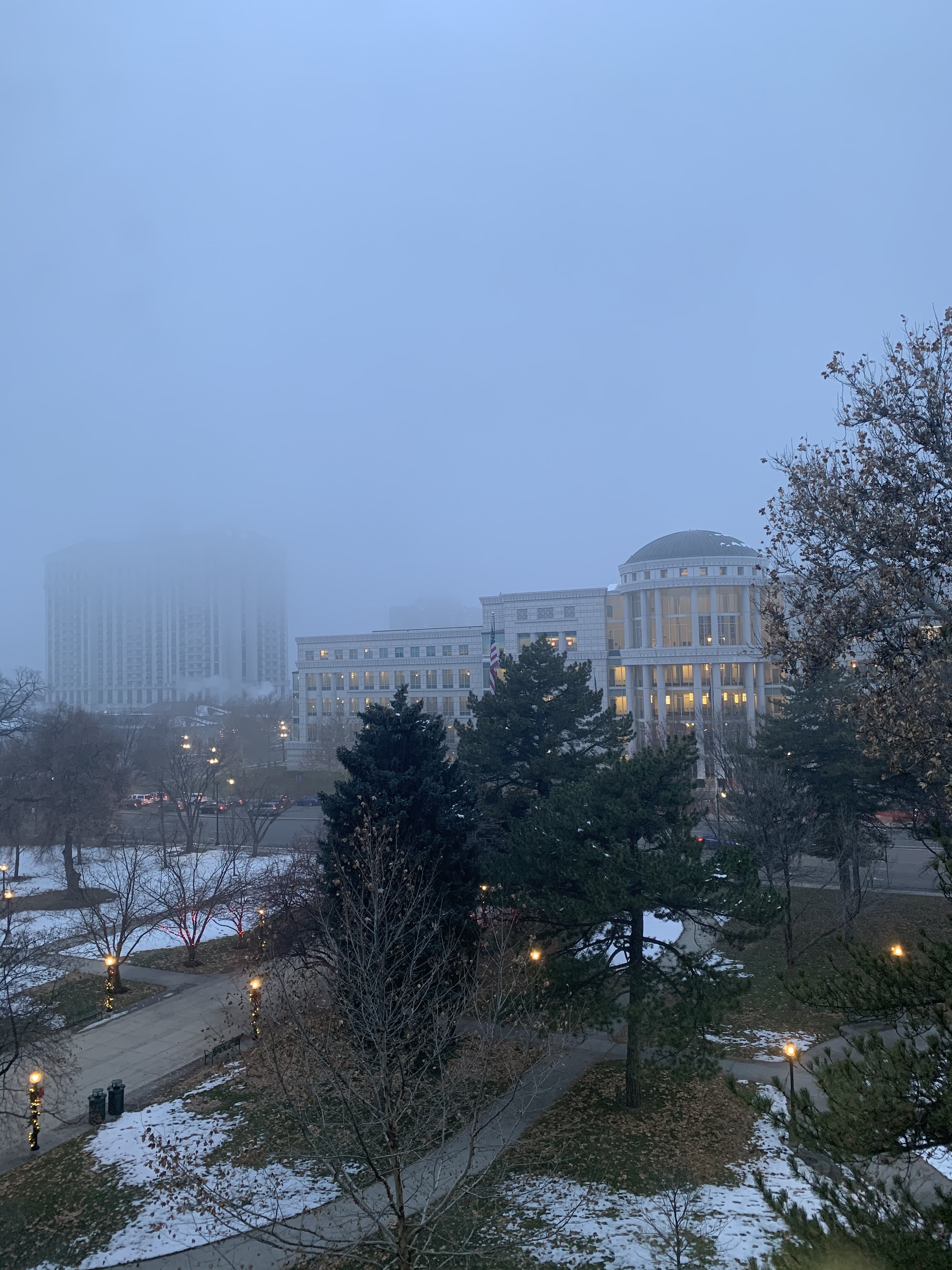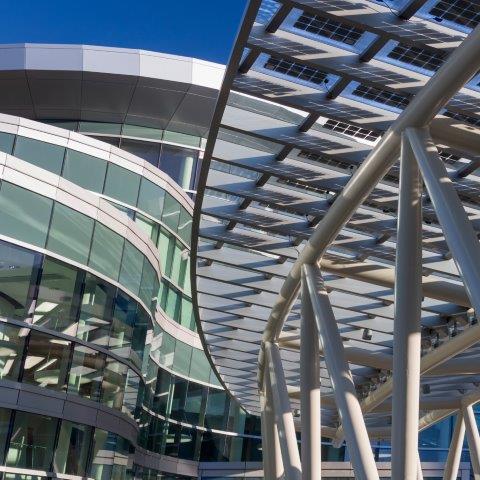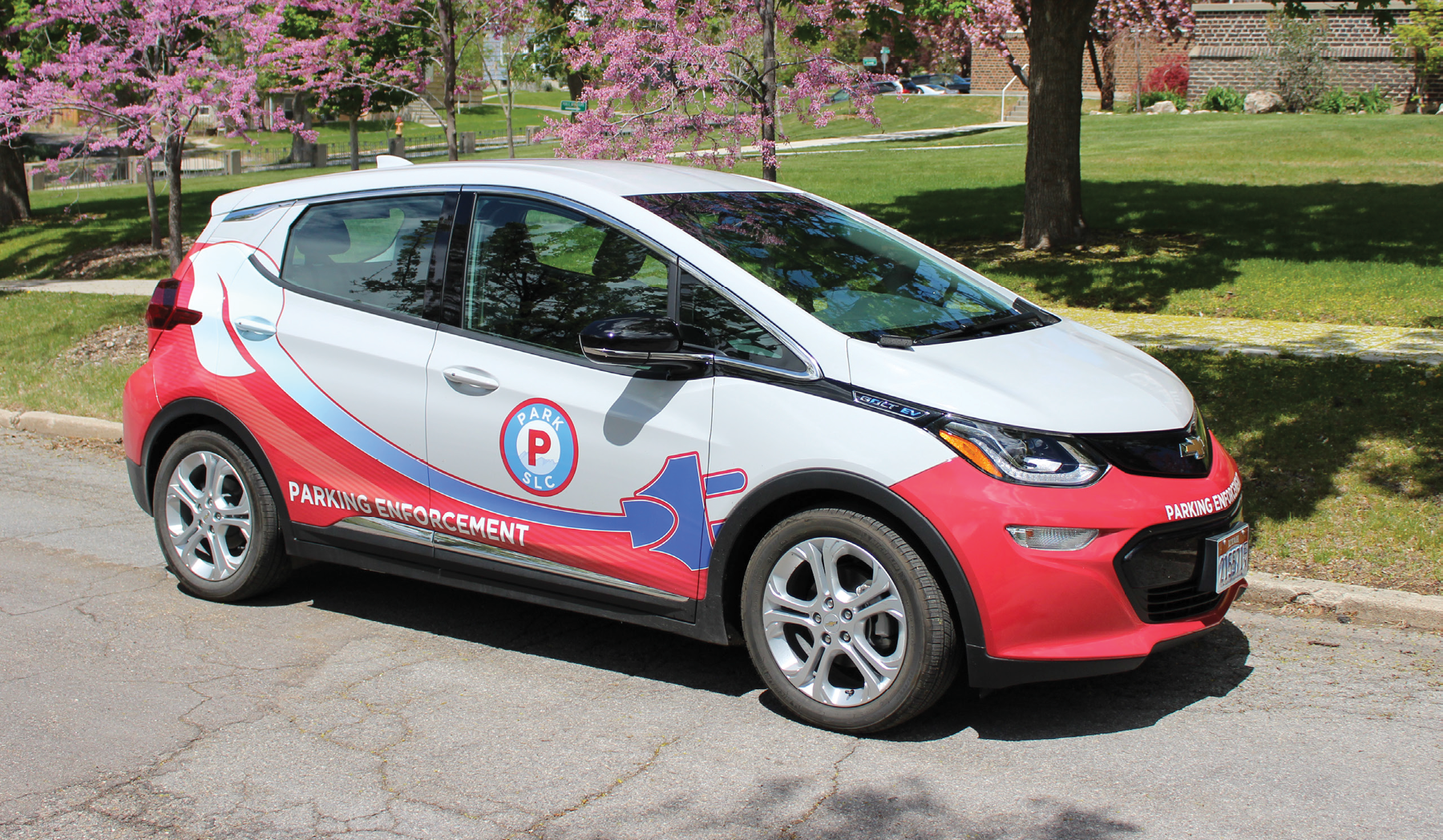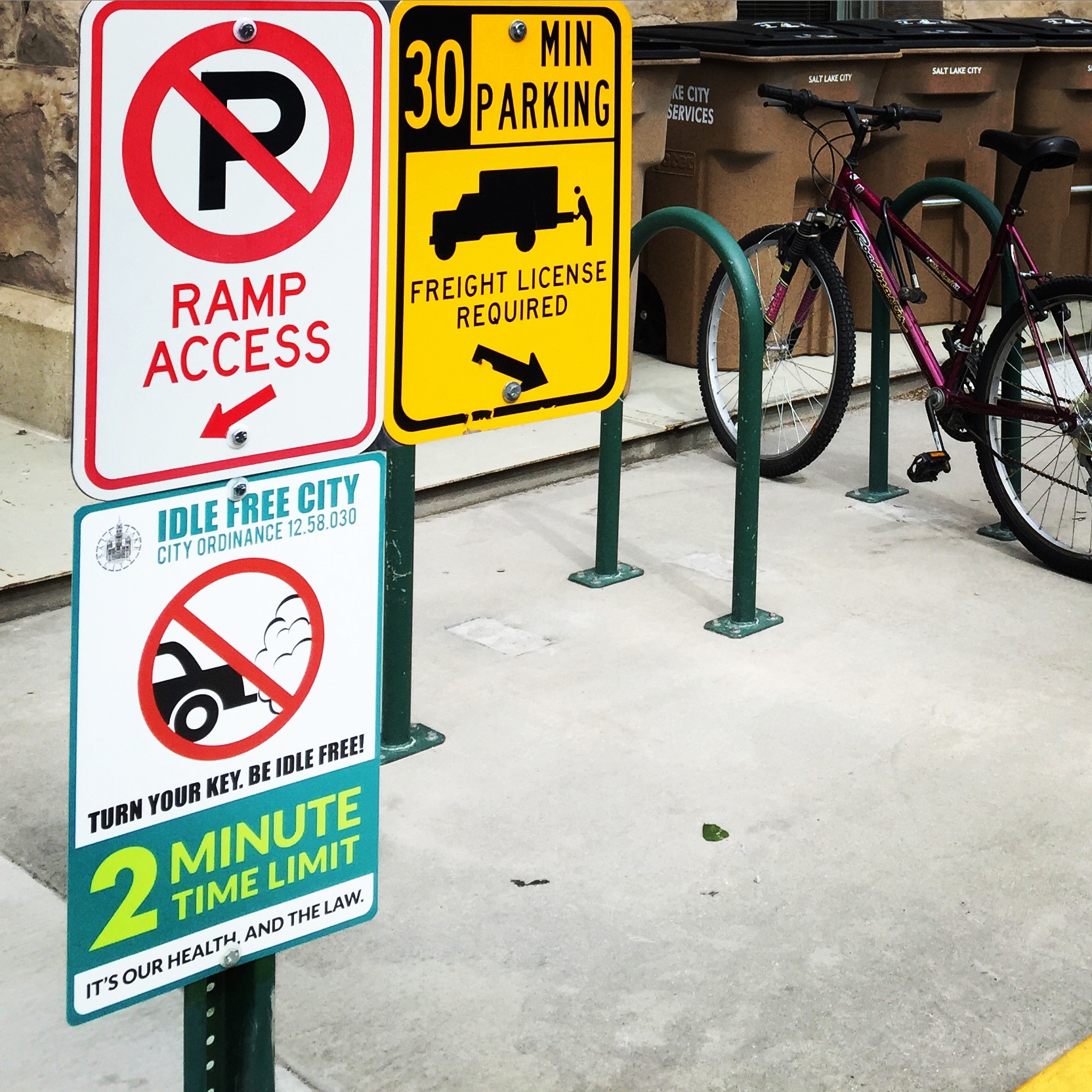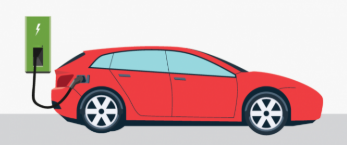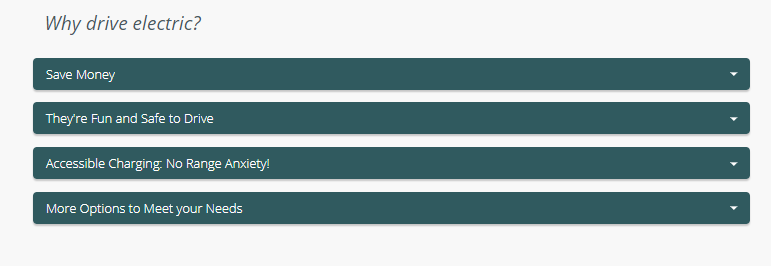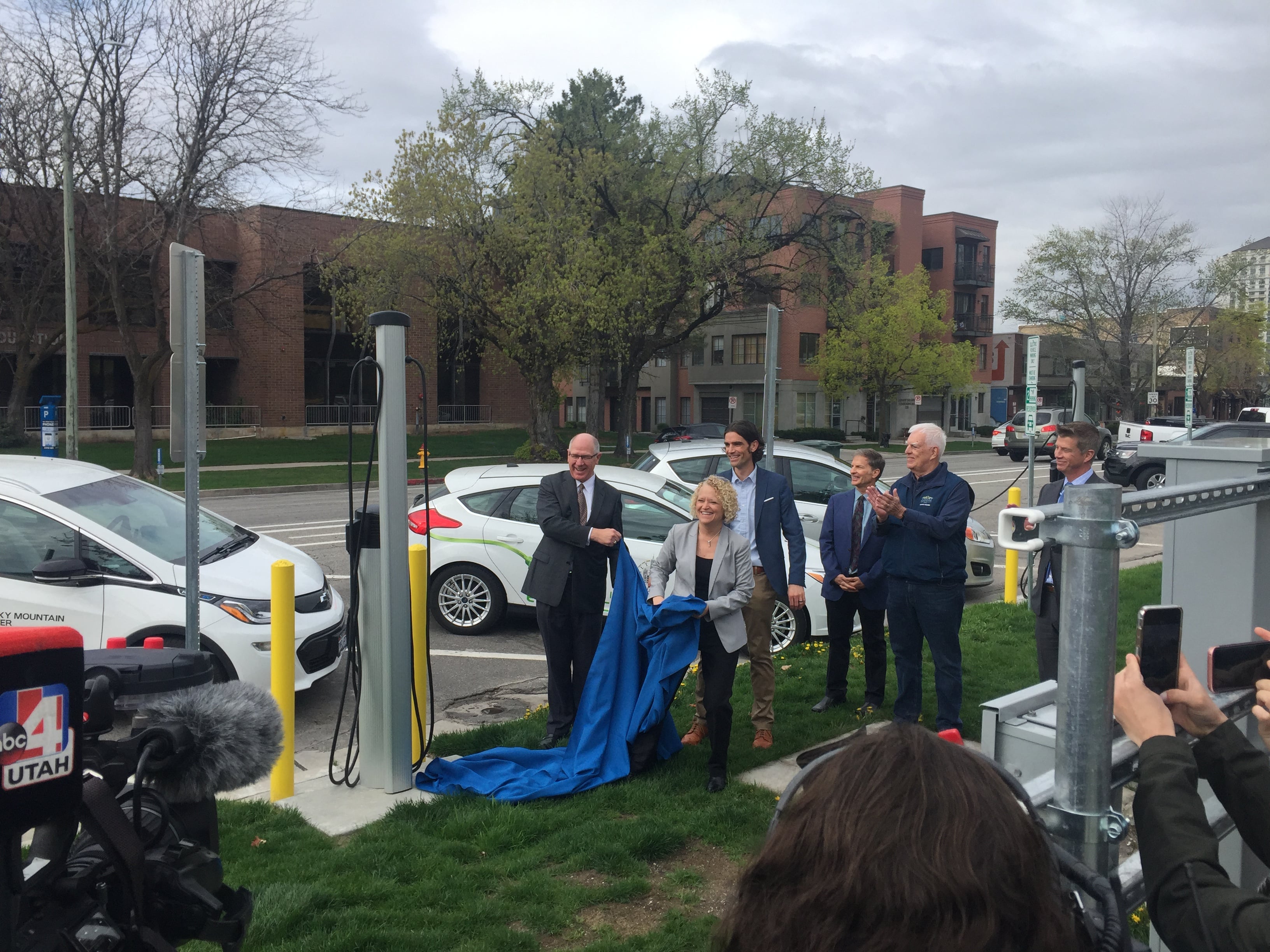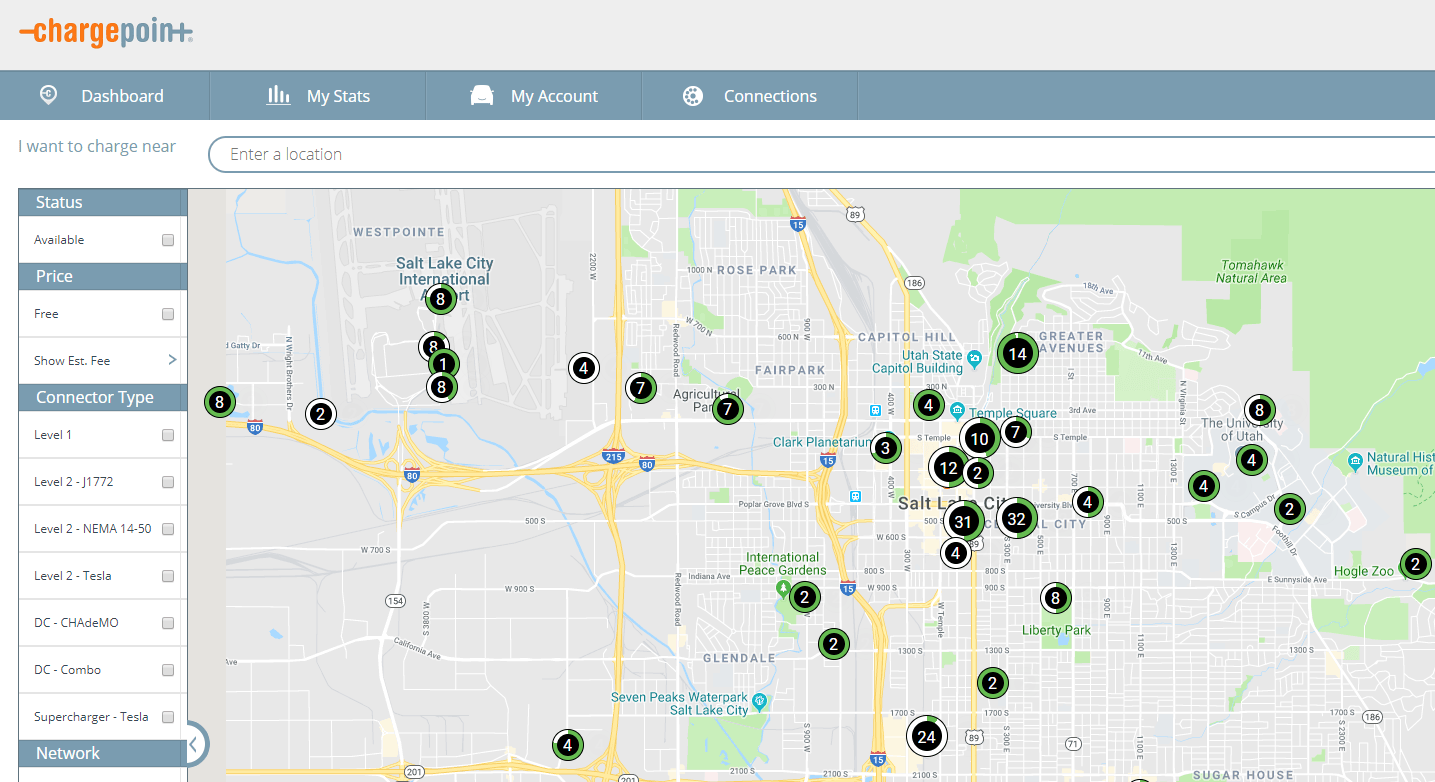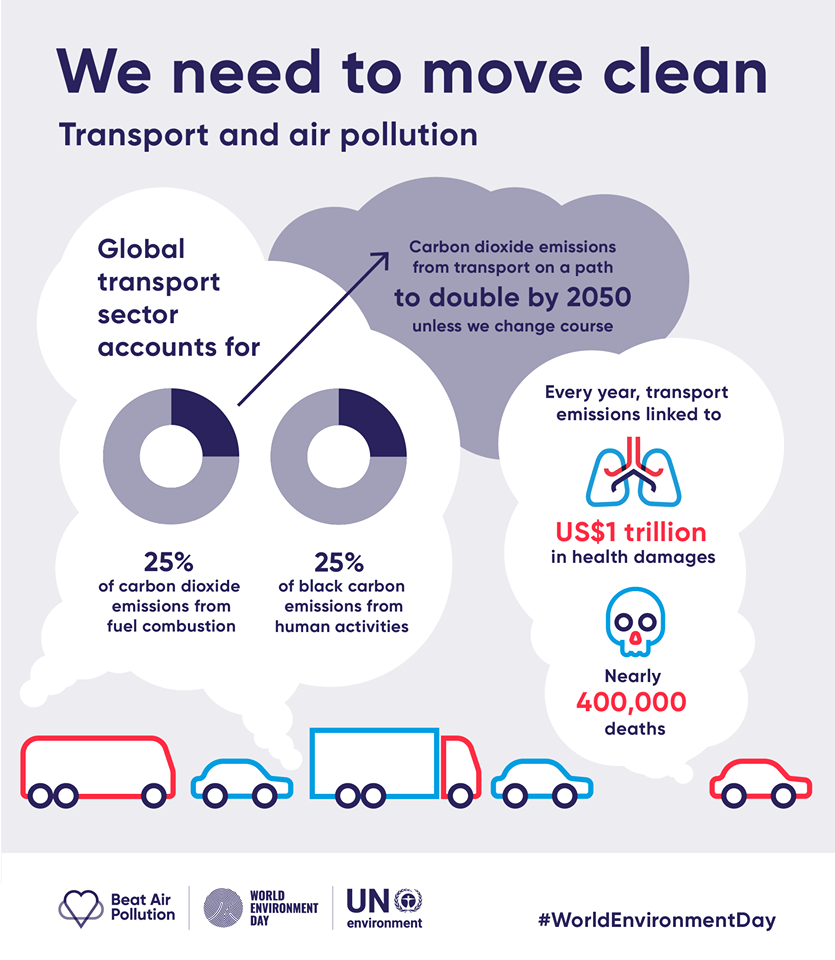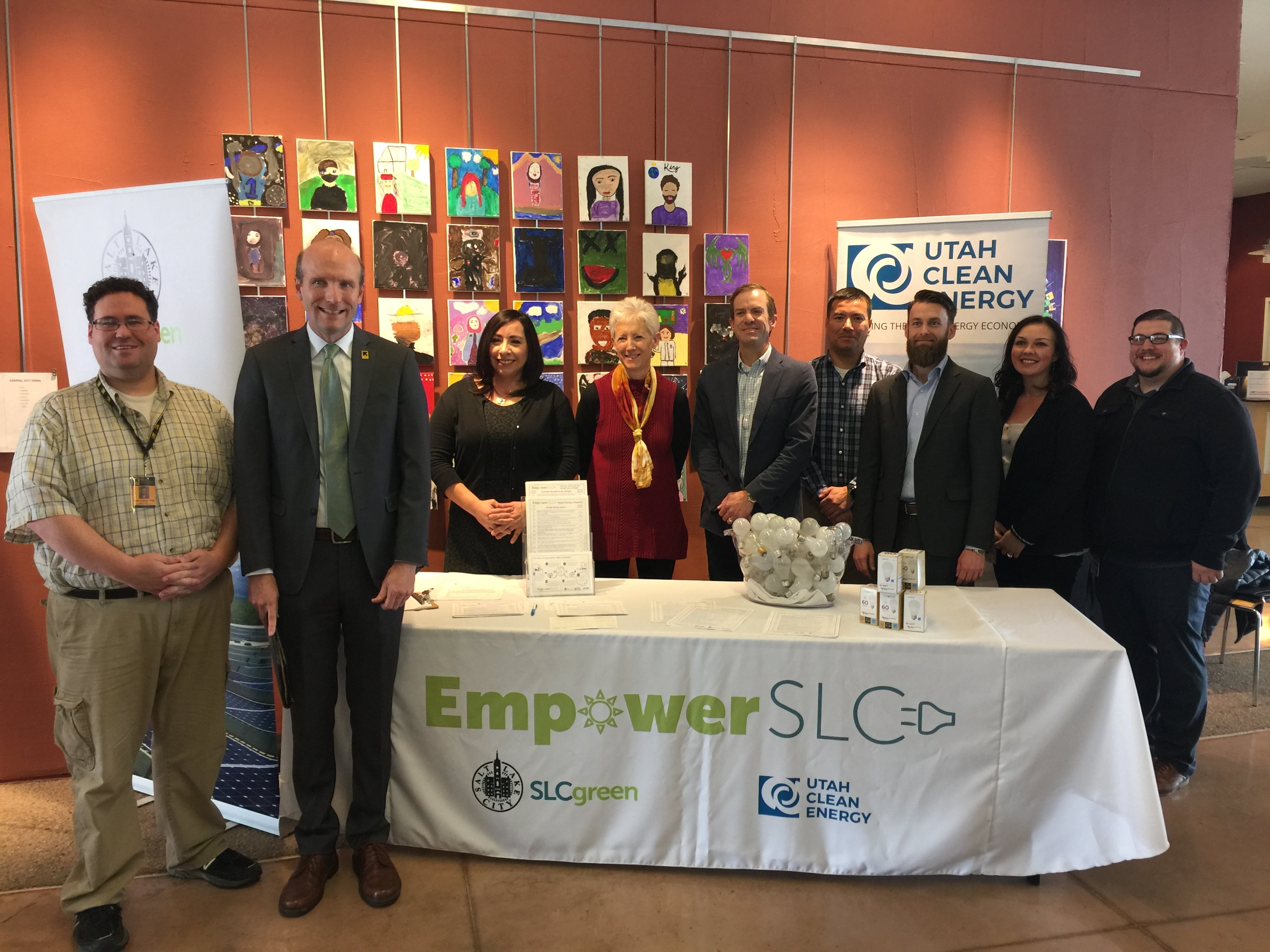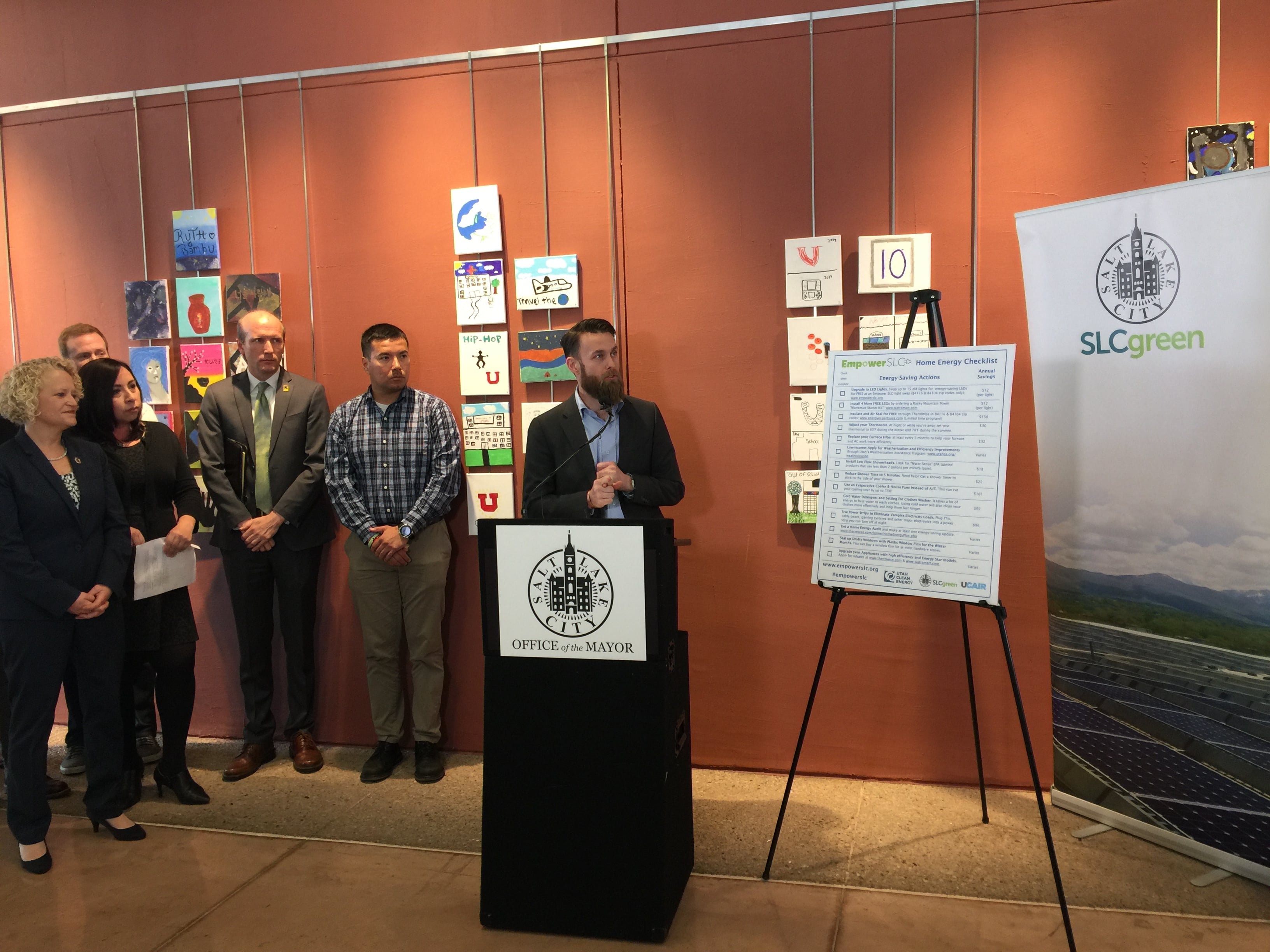Salt Lake City is growing rapidly. Keeping up with the city’s growth in a sustainable way might feel daunting. Investing in renewable energy and energy efficiency is one of the best ways to reduce pollution and curb carbon emissions as our community grows.
But those improvements can sometimes be expensive. That’s why Salt Lake City and the State of Utah recently partnered on offering a new type of financing program called C-PACE, which stands for Commercial Property Accessed Clean Energy.
In a nutshell, C-PACE helps commercial property owners obtain low-cost financing for sustainability projects including energy efficiency, water conservation, and renewable energy. The financing structure helps existing and new developments keep up with energy efficiency goals and standards, and is becoming more and more competitive as a financing tool.
Salt Lake City joined the C-PACE financing program in 2018 as a way to help incentivize sustainable development.
And a little over one year later, we are thrilled that the largest C-PACE project in the United States – EVER – just broke ground in Salt Lake City! The Hyatt Regency will be located on the corner of 200 South and West Temple.
Sustainable Development
C-PACE will help ensure that Salt Lake City can meets its sustainability goals. Specifically, Salt Lake City aims to cut carbon emissions by 80% by 2040 and shift to net-100% renewable electricity resources by 2030.
C-PACE is unique because of its low interest rates and because it allows for the collection of payment through property tax assessments that stay with the property. That means that the cost and benefits from– for example– solar panels or building efficiency upgrades stay with the property, rather than being a financial burden borne solely by the developer or the original property owner.
The 26-story Hyatt Regency Hotel across the street from the Salt Palace will have 60,000 square feet of convention space and 700 rooms. The C-PACE financing allowed developers to proceed with aggressive sustainability measures including heating and cooling systems. According to CleanFund, the hotel is projected to “exceed the energy code compliance level by over 20 percent.”
The release further stated: “The $54.7 million in Commercial Property Assessed Clean Energy contribution provided by CleanFund will fund nearly every sustainable upgrade in the new hotel, demonstrating the effectiveness of the state’s new C-PACE legislation towards achieving Salt Lake City’s environmental goals. It also sets a record for the single largest amount ever financed by C-PACE nationally.”
With Salt Lake City’s booming convention industry, the Hyatt Regeny Hotel is an investment in Salt Lake City’s economy as well as sustainability. Improved energy efficiency and increased use of renewable energy will reduce air pollution and achieve a lower carbon footprint for developments.
C-PACE financing helps standardize those practices.
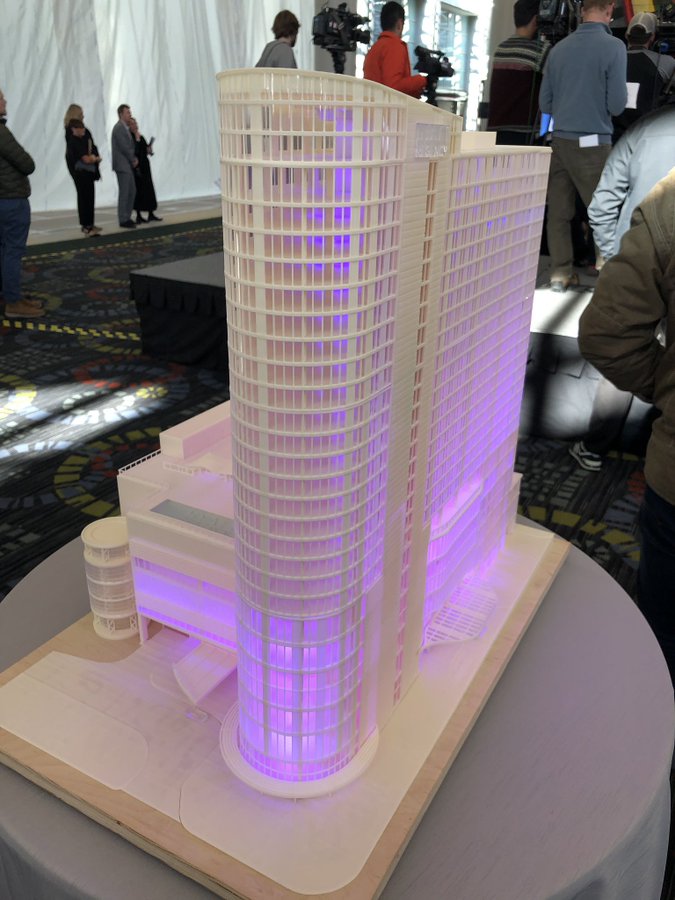
.
Building Resilient Cities
Air quality and curbing carbon emissions are two large concerns for Salt Lake City. C-PACE financing for buildings like the Hyatt Regency Hotel helps ensure Salt Lake City’s economic viability as well as its environmental resiliency.
With the C-PACE program in place, Salt Lake City will be able to continue to help lead the country in building cleaner, more sustainable buildings. We look forward to more investments in 2020!

